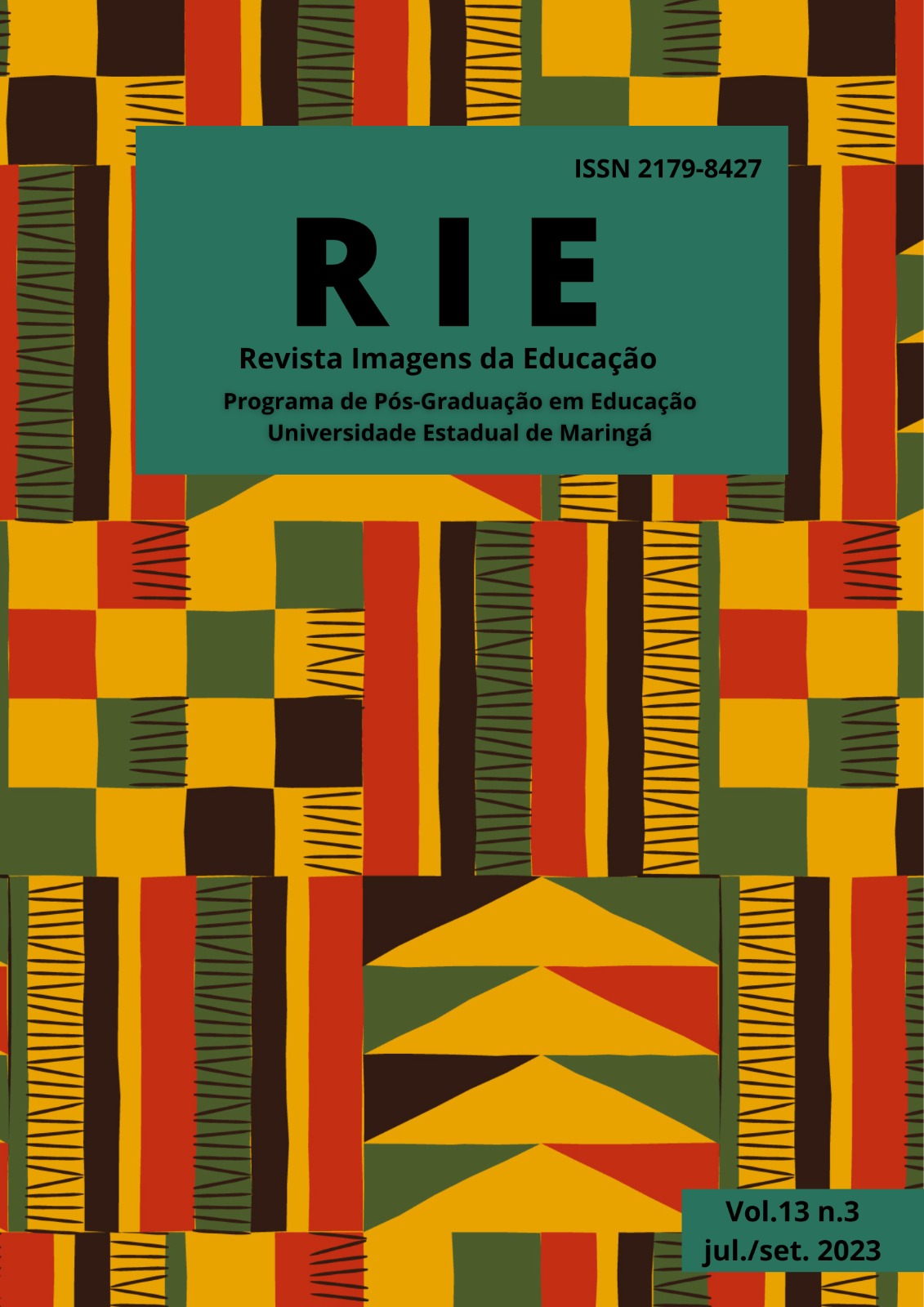VISUAL CULTURAL PRACTICES OF POSTCOLONIAL ELITE SCHOOLS IN GLOBALIZING CIRCUMSTANCES
Resumo
In this article the author reports on the matter of the contemporary management and conservation of histories in the visual domains of three postcolonial elite school sites: Old Cloisters in Barbados, Rippon College in India, and Straits School in Singapore. These schools form part of a 5-year, 9-country study of postcolonial elite schools in globalizing circumstances—a flash point of articulation between these schools and profound change. The article turns on this fundamental fact: that these schools, which are the products of societies marked historically by British colonial and imperial encounters of the eighteenth and nineteenth centuries and the first half of the twentieth, are now driven forward by new energies associated with marketization, neoliberalism and globalization as these countries lurch forward unevenly towards a postdevelopmental era. This turn towards neoliberal globalization has precipitated radically new needs, interests, desires, capacities and competitive logics among the middle class and upwardly mobile young and their parents in each of these societies that then press powerfully onto these elite schools, and their cultivated pasts as they reside in school anthems, flags, emblems, banners and rituals of assembly, formal dress and decorum. All of this is taking place in the glow of digitalization as these schools increasingly move online locating themselves in photo and video-sharing websites such as YouTube, Facebook and Flicker as well as websites that each individual school is creating to consecrate school heritage. In what follows, then, the author calls attention to the theoretical significance and practical dimensions of the work that these select schools are doing on their rich heritages and historical archives in response to the new demands of globalization and transforming educational markets.
Downloads
Referências
Bhabha, H. (1994). Signs taken for wonders: Questions of ambivalence and authority under a tree outside Delhi, May 1817. In H. Bhabha, The Location of Culture (pp. 102-122). London: Routledge.
Bourdieu, P. (1986). The forms of capital. In J. Richardson (Ed.) Handbook of Theory and Research for the Sociology of Education (pp. 241-258). New York, Greenwood.
Cannadine, D. (2001). Ornamentalism: How the British Saw Their Empire. Oxford, UK: Oxford.
Clifford, J. (2012). Feeling historical. Cultural Anthropology 27 (3), pp. 417–426.
Fabian, J., Hill, I., & Walker, G. (2019). The International Baccalaureate: 50 Years of Education for a Better World. Woodbridge, Suffolk: John Catt Publishers.
Hall, S. (1990). Cultural identity and the diaspora. In J. Rutherford (Ed), Identity: Community, Culture, Difference (pp. 222-337). London: Lawrence and Wishart.
Hobsbawn, E. (1998). On History. New York: New Press.
Jemmott, R. (2006). A History of Harrison College: A Study of An Elite Educational Institution in a Colonial Polity. Bridgetown, Barbados: Panagraphic Press.
Kwa, C.G., & Kua, B.L. (Eds). (2019). A General History of the Chinese in Singapore. Singapore: World Scientific.
MacDougall, D. (1999). Social Aesthetics and the Doon School. Visual Anthropology Review 15(1), pp. 3-20.
Mathews, M. (Ed.). (2018). The Singapore Ethnic Mosaic: Many Cultures, One People. Singapore: World Scientific.
Ong, A (2006). Higher learning in global space. In A. Ong, Neoliberalism as Exception: Mutations in Citizenship and Sovereignty. (p. 139-156). Durham, North Carolina: Duke.
Ong, A. (2006). Neoliberalism as Exception: Mutations in Citizenship and Sovereignty. Durham, North Carolina: Duke.
Potuoglu-Cook, O. (2006). Beyond the Glitter: Belly Dance and Neoliberal Gentrification in Istanbul. Cultural Anthropology, 21(4), pp. 633-660.
Rizvi, F. (2016). Old elite schools, history, and the construction of a new imaginary. In J.
Kenway & C. McCarthy (Eds), Elite Schools in Globalising Circumstances (pp. 126-144). New York: Routledge.
Said, E. (1979). Orientalism. (New York: Vintage).
Said, E. (1983). The World, the Text and the Critic (Cambridge, MA: Harvard.)
Said, E. (1993). The Politics of Knowledge. In C. McCarthy & W. Crichlow (Eds.), Race, Identity and Representation in Education (pp. 306-314). New York: Routledge.
Said, E. (1994). Culture and Imperialism (New York: Vintage).
Said, E. (1999). Out of Place. (New York: Knopf).
Tong, C.K. (2018). The Chinese in Singapore. In M. Mathews (Ed.), The Singapore Ethnic Mosaic: Many Cultures, One People (pp. 3-8). Singapore: World Scientific.
Williams, E. (1950). Education in the British West Indies (Port of Spain, Trinidad: Guardian Commercial Printery).
Williams, E. (1966). British Historians and the West Indies (London: Andre Deutsch).
Copyright (c) 2023 Imagens da Educação

This work is licensed under a Creative Commons Attribution-NonCommercial-NoDerivatives 4.0 International License.
Declaro que o presente artigo é original, não tendo sido submetido à publicação em qualquer outro periódico nacional ou internacional, quer seja em parte ou em sua totalidade. Declaro, ainda, que uma vez publicado na revista Imagens da Educação,ele não será submetido por mim ou pelos demais co-autores a outro periódico. Por meio deste instrumento, em meu nome e dos co-autores, cedo os direitos autorais do referido artigo à Revista e declaro estar ciente de que a não observância deste compromisso submeterá o infrator a sanções e penas previstas na Lei de Proteção de Direitos Autorias (Nº 9609, de 19/02/98).















1.png)

